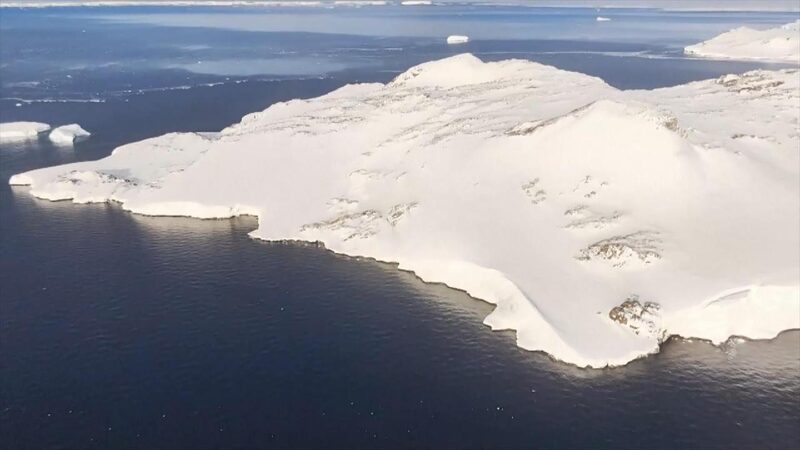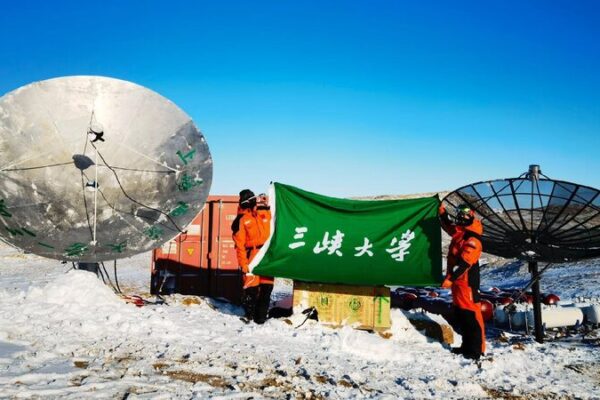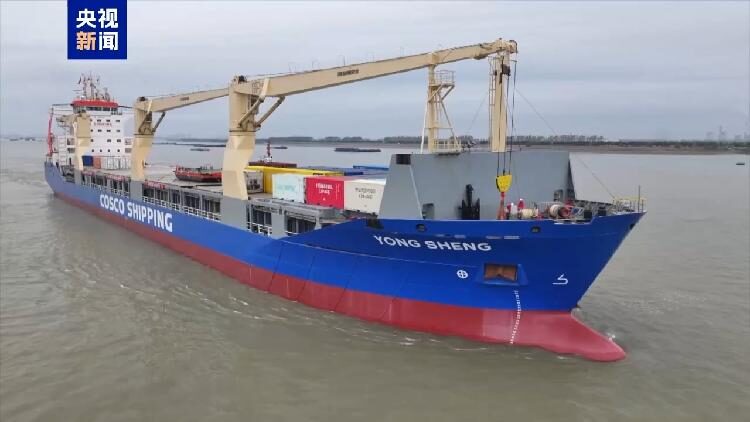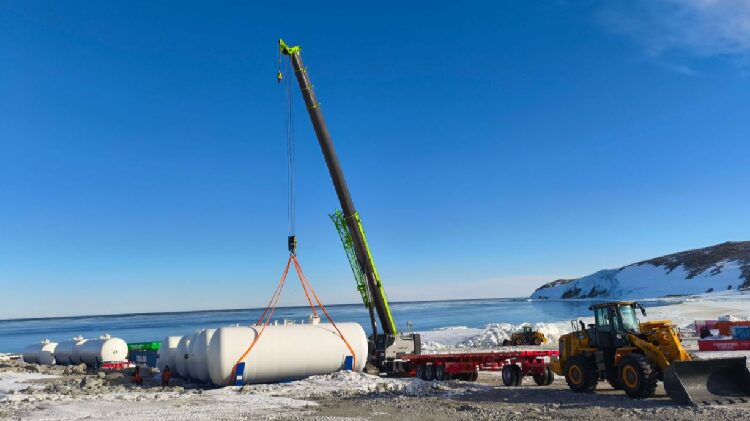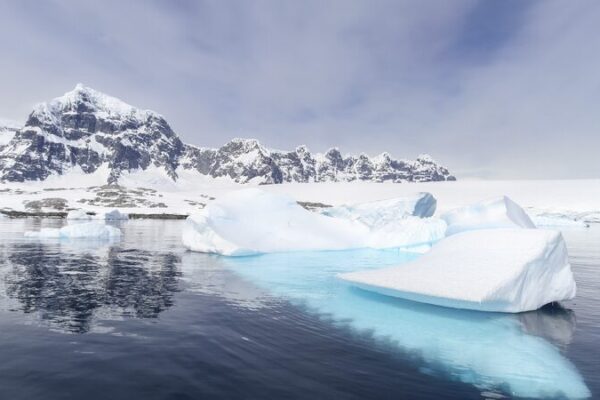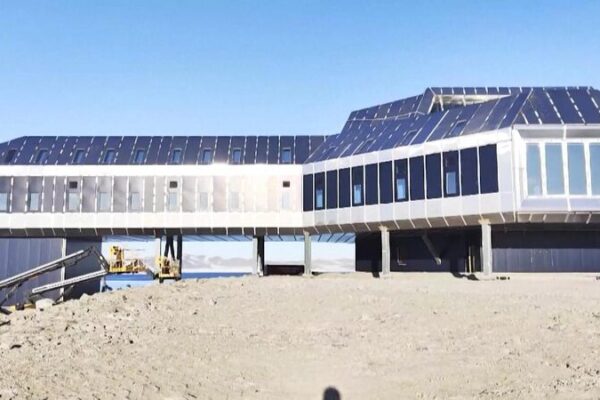China’s 41st Antarctic expedition has made significant discoveries in the Amundsen Sea and Ross Sea, uncovering rare instances of polynyas—open-water regions within sea ice that play a crucial role in Antarctica’s ecology and global climate patterns.
Sun Yongming, a member of the expedition, highlighted the importance of these findings. “This map shows the average sea ice concentration from 2013 to 2020,” Sun explained. “Yellow areas indicate 100 percent ice coverage, while blue areas represent open water. Along the coast, you can see the blue water surface, which we call polynyas.”
Polynyas form through various natural processes, the most common involving Antarctica’s katabatic winds—strong, downward winds that push newly formed sea ice away from the coast, creating open water areas. This phenomenon, known as a wind-driven polynya, varies in size over time due to changing weather patterns.
“In extremely low temperatures, it’s only these polynyas that produce new ice,” Sun added. “Once new ice forms, it gets blown outward by the wind, and more ice continues to form. We refer to this process as an ‘ice factory.’ The Amundsen Sea polynya is currently the fourth largest around Antarctica; it’s quite substantial.”
With more than a dozen large polynyas surrounding Antarctica, the Amundsen Sea polynya stands out due to its significant impact on regional heat exchange and biological productivity. “Polynyas facilitate heat exchange, which creates a more favorable environment for biological activity,” Sun noted. “Studies show that the Amundsen Sea polynya has the highest primary productivity of all the polynyas around Antarctica. That’s why we’re particularly focused on understanding how polynyas impact the entire ecosystem.”
The expedition set sail from the southern Chinese port city of Guangzhou, with three vessels: the Xuelong and Xuelong-2 for scientific research and logistics, and the “Yongsheng” cargo ship, supplying materials for the Qinling Station. The mission aims to deepen understanding of Antarctica’s ecological dynamics and its influence on global climate patterns.
Reference(s):
China's 41st Antarctic expedition uncovers key insights into polynyas
cgtn.com
